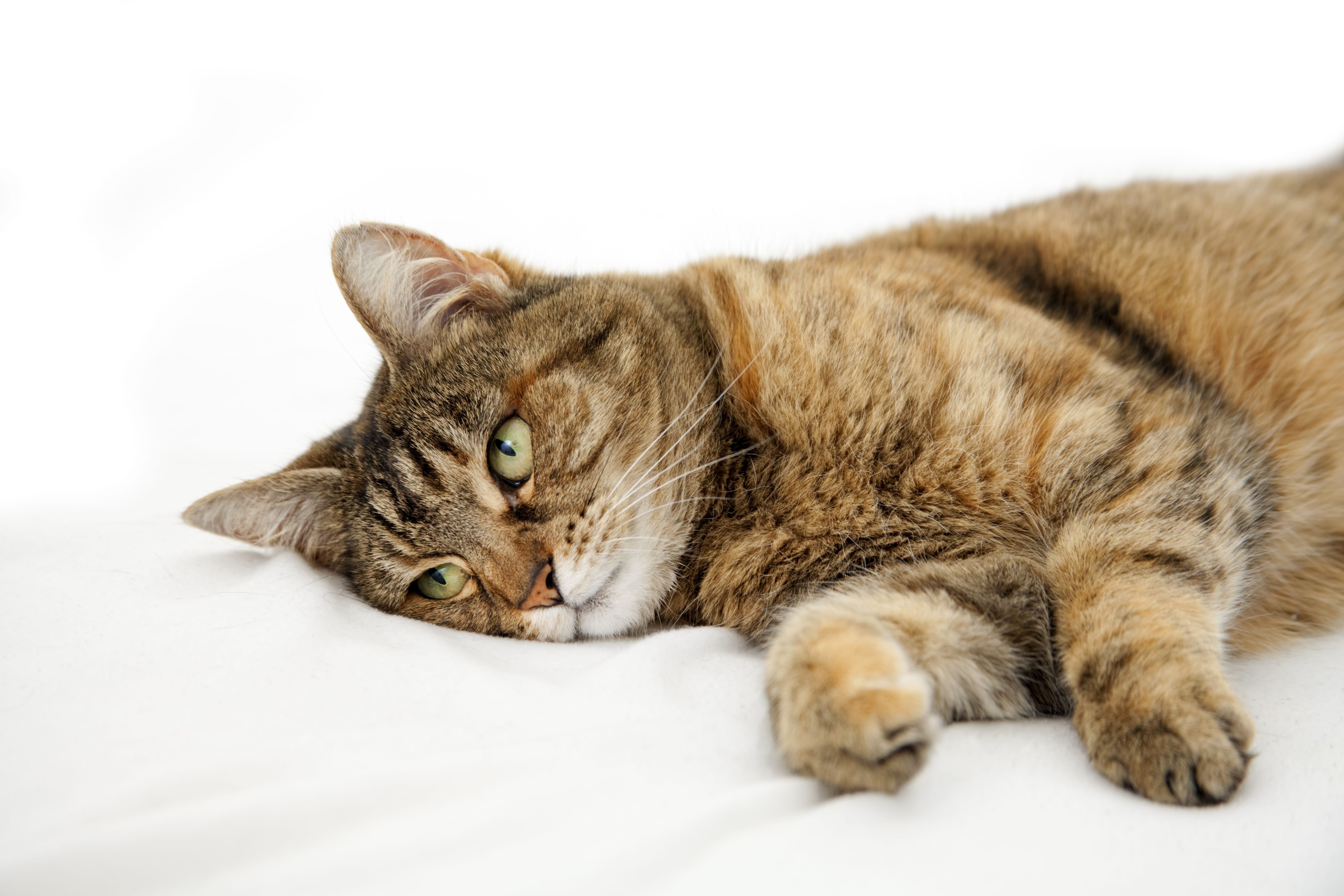Atonia in cats is a condition marked by the absence of normal muscle tone in the skeletal or internal organs, leading to a disruption in their regular functioning.
In this ailment, the muscular elements in cats cease to contract effectively. While relatively uncommon in veterinary practice, the absence of normal contractions in both smooth and striated muscles hampers a cat's ability to move properly, feed independently, and perform various other vital actions.
Causes
In felines, veterinarians most often diagnose atony in the muscle structures of the intestines and the urinary bladder. Multiple adverse external and internal factors can trigger this condition in cats.
For instance, when it comes to the gastrointestinal tract, some of the primary causes include:
1. An imbalanced dietary intake.2. Disruptions in feeding routines.3. The consumption of low-quality, subpar commercial pet foods.4. Infestations of helminths (worms).
Intestinal atony arises from feeding cats low-quality, stale meat, or raw byproducts of questionable origin, which often lack the necessary fiber required for proper digestion.
Helminths, parasites residing in different parts of the gastrointestinal tract, can poison a cat's body with toxic byproducts from their life processes, often serving as a common cause of atony.
Bladder atony in cats typically develops in the context of urinary calculi disease (urolithiasis), which is caused by the presence of stones or sand in the kidneys. It can also occur due to inflammatory processes in the urinary system organs.
Symptoms
When intestinal or stomach atonia occurs in cats, it disrupts the digestive processes and leads to symptoms such as:
1. Frequent, persistent vomiting.2. Reduced appetite, or even a complete refusal of food and favorite treats.3. Lethargy, decreased activity, and overall weakness.4. Weight loss.5. Unstable stool (alternating between diarrhea and constipation).6. Acute abdominal pain, often leading to a tense abdomen.7. A deterioration in the condition of the coat.
In some cases, an increased appetite may be observed, but daily defecation decreases, potentially resulting in severe intoxication. Defecation becomes difficult, causing cats to experience pain when using the litter box. Additionally, mucous membranes may appear jaundiced or anemic.
Bladder atony mainly presents with difficulty in urination. Urine may contain flakes, blood clots, or bloody threads. Other symptoms closely resemble those of atonia in the gastrointestinal muscles.

Treatment
If you observe a decline in your pet's health or any changes in their behavior, do not delay seeking veterinary care. It's crucial to note that atonia in cats, without prompt therapeutic measures, is considered a rapidly progressing disease that can lead to severe and irreversible consequences.
After a thorough diagnostic evaluation, the veterinarian will recommend appropriate treatment. For gastrointestinal atonia, treatments may include enemas with antiseptic solutions. In cases of upper gastrointestinal tract involvement, specific medications are prescribed to normalize muscle contractions.
Important! In cases of acute pathology, treatment aims to eliminate the root cause of the disease.
Cats are placed on a special therapeutic diet, which may involve prophylactic and therapeutic commercial foods, analgesics to alleviate painful spasms, general tonics, and symptomatic agents, along with homeopathic remedies. Veterinarians should provide guidance to owners on how to properly care for their feline companions to prevent future recurrences.
When diagnosing bladder atonia, treatment often includes regular massages of the organ through the abdominal wall and catheterization. Cats may be prescribed diuretics, sulfonamides, antibiotics, anti-inflammatories, and symptomatic drugs. Some success has been reported with pararenal and epiploic Novocain blockades in this condition.
In cases of this ailment, it's imperative to avoid self-medication to prevent harming your cat. Only a qualified veterinarian should prescribe medications and therapy, taking into account the primary cause of the disease.
To prevent the development of atonia, pay close attention to your pet's diet, ensuring it is not only diverse and high-quality but also well-balanced in terms of essential nutrients. opt for professional ready-made foods and high-quality meat products. Enhance your pet's diet with vitamin and mineral complexes.
Avoid subjecting your pets to cold temperatures, stressful situations, or any factors that weaken their immune system. Strengthen your pet's immune system using homeopathic remedies and comprehensive vitamins. Stay consistent with regular deworming and vaccinations as part of preventive measures.
Should your cat's condition deteriorate, do not hesitate to seek immediate veterinary care. Remember that many diseases can be effectively treated, but early intervention is key.